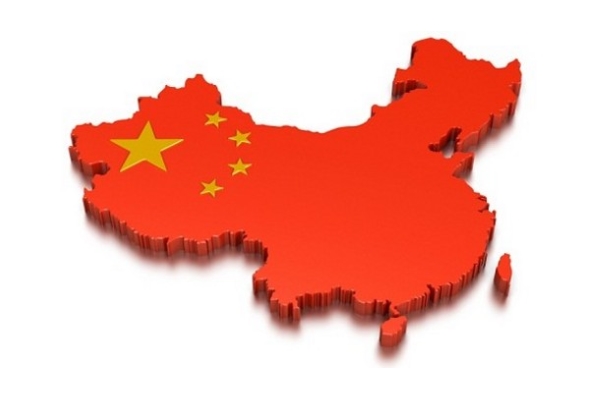
China presents specific challenges to trademark owners but success in the Asian marketplace is possible, according to a new white paper.
Published by MarkMonitor, the paper – titled Best Practices for Brand Protection and Effective Enforcement in China – notes that China is an emerging buying and manufacturing powerhouse that is an attractive target for expanding foreign firms. But with counterfeiting rife, it requires tailored brand protection strategies to address the trademark challenges, it says.
One of the main challenges presented to trademark owners is the "unique classification system" in China, which differs from that used by the World Intellectual Property Office (WIPO). "The China Trademark Office (CTMO) divides each class used in the WIPO system into a distinctive system of subclasses, each of which is treated discretely. Determining which class should be used to register a trademark requires experts who understand the CTMO classification system," the paper says.
There are also a number of procedural details and requirements that can complicate matters in China. For instance, Chinese trademark law changed in May 2014, which can create intricacies. Meanwhile, some online marketplaces will only accept trademark registration documents if they are in colour, and names on the document must exactly match the company's business license. This latter "requirement can be problematic when trademarks are registered with local subsidiaries, but enforcement requests are sent through parent companies," the white paper notes.
Enforcement can also be a challenge, which requires accurate assessment of the scope of infringement and clear priorities for action alongside documentation, MarkMonitor says. With Chinese online marketplaces the usual source of trademark infringement, "understanding the marketplaces that attract the most traffic is the first step in developing your enforcement strategy," the paper states.
"Currently, Taobao is the most highly trafficked Asian marketplace with around 136 million daily users. Since counterfeiters follow traffic, it's logical that the greatest number of enforcements occur on popular marketplaces, whether those marketplaces are B2B or B2C. It's no surprise, then, that the Chinese marketplaces with high levels of enforcement are Taobao, Aliexpress, Alibaba and Alibaba China, the Chinese language version of Alibaba."
Furthermore, the paper notes that one of the more unique challenges to enforcement in China is that some marketplaces permit the sale of lookalike brands and products. "In these cases, counterfeiters make a slight change, such as misspelling the product or brand name or changing your logo. They may "create" products that do not exist in your product line and apply your trademarked terms or logos.
These listings may even include images from your official product catalogue to add legitimacy," MarkMonitor says. "Unfortunately, many Chinese marketplaces see this as an instance of fair use or entrepreneurship and will not carry out delisting requests on the basis of "counterfeit" against these sellers."
The MarkMonitor white paper outlines a number of best practice guidelines to help overcome the trademark challenges; for instance, the need to join forces with experts who understand the complexities of protecting brands in China and have local knowledge and connections.
The brand protection firm also recommends "registering trademarks in advance of the launch of new products or services in each region or country in which you wish to conduct business". It adds: "Without a strong trademark rights foundation, brands can lose significant revenue to local firms that wish to profit from the brand's global reputation."
"Disrupting the counterfeiters' business and making it difficult for consumers to find counterfeit versions of your products is a priority", while being consistent and vigilant in enforcement – and taking advantage of technology – will lead counterfeiters to seek softer targets, MarkMonitor recommends.
©
SecuringIndustry.com





